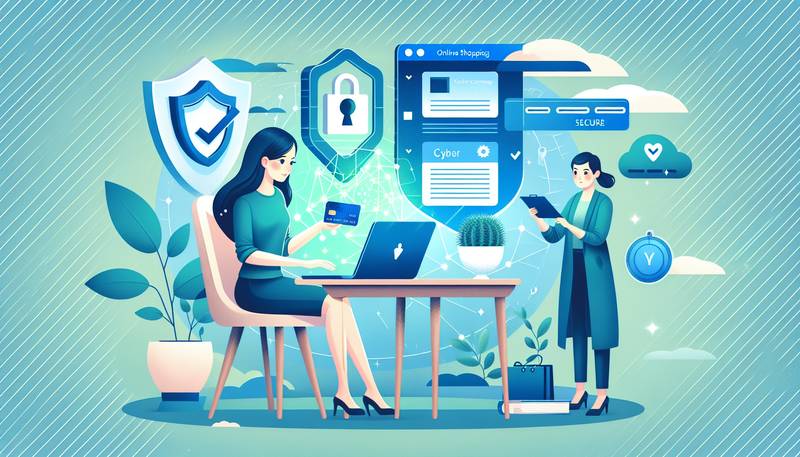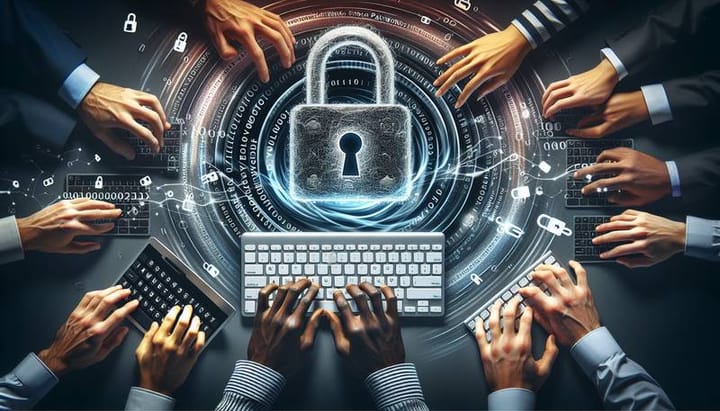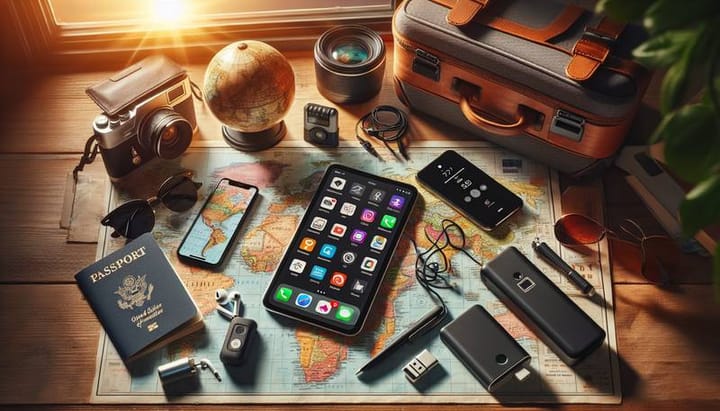Tips for Safe and Secure Online Shopping

As the digital world continues to expand, the convenience of online shopping has become a regular part of life for many. However, with this convenience comes the increased risk of security breaches, fraud, and identity theft. But fear not, dear shopper! There are simple yet effective ways to ensure that your online shopping experience is both enjoyable and secure. In this comprehensive guide, we are revealing top tips to help you navigate the virtual shopping plaza safely. We'll cover everything from selecting trustworthy websites to the importance of strong passwords. So grab your virtual shopping carts, and let's make your online shopping experience a secure one.
Use Trusted Websites
The first line of defense in secure online shopping is to use trusted websites. But how can you tell if a website is reputable? Start by checking the URL. A secure website URL should begin with "https://" – the 's' stands for secure and is backed by a SSL (secure sockets layer) certificate. Also, look for a padlock symbol next to the URL or at the bottom of your browser. This indicates that the website is encrypted, providing an extra layer of security. Stick with well-known websites or, if trying a new retailer, conduct thorough research by checking reviews and consumer reports. Bookmark your favorite shopping sites to avoid accidentally clicking on phishing or similarly misleading links. And always, be extra cautious if a deal looks too good to be true—it often is and could be a scam designed to harvest your personal and financial information.
Keep Your Software Updated
It's easy to click 'remind me later' when a software update notification pops up, but those updates often contain critical security enhancements that protect against the latest viruses and malware. Whether it’s your operating system, anti-virus software, or web browsers, ensuring that you are running the most recent versions provides a crucial shield against cyber threats. Hackers exploit vulnerabilities in software to gain unauthorized access to systems and steal data. By keeping your system updated, you're patching these vulnerabilities and making it harder for cybercriminals to infiltrate your device. Automated updates can be a useful feature to ensure your software is always current without having to remember to manually install them. And don't forget your smartphone – it's essentially a pocket-sized computer and requires the same level of protection.
Don't Overshare
When filling out billing and shipping information for an online purchase, be mindful of the personal details you share. Stick to the required fields and think twice before saving your information on a retailer's website—especially if it's not one you use frequently. Many e-commerce sites ask for optional information, but it's wise to skip those fields; the less data you provide, the less there is to potentially exploit. Remember, no online retailer needs your social security number or birthday to conduct business. If you're prompted for this type of information, that's a red flag that it may not be a legitimate operation. Be protective of your personal information and treat it as you would your most treasured possession.
Use Strong Passwords
A strong password is your first line of defense against unauthorized access to your accounts. A solid password should be difficult to guess and include a mix of uppercase and lowercase letters, numbers, and symbols. Steer clear from easily accessible personal information like your name, birthdate, or sequential numbers. It’s a no-brainer that passwords such as "password" or "123456" are out of the question. Consider using a password manager to keep track of your passwords so that you can create complex and unique passwords for each site without the fear of forgetting them. Also, take advantage of multi-factor authentication (MFA) whenever it's available. MFA adds an extra layer of security by requiring two or more verification factors to gain access to your account, making it tougher for malicious actors to breach your accounts even if they manage to guess your password.
Pay with Credit Cards
In the digital shopping space, paying with a credit card often offers more security than using a debit card. Most credit cards come with significant fraud protection and may limit your liability for unauthorized charges. In fact, some credit card companies will even go the extra mile to alert you if they detect any abnormal spending patterns—which can be a lifesaver if your card details fall into the wrong hands.Moreover, credit card companies have processes in place to help you dispute transactions and temporarily remove them from your account during an investigation. In contrast, funds taken from debit cards are harder to recover, and unauthorized transactions could overdraw your account, triggering additional headaches. Still, regardless of the payment method, it's paramount to regularly check your statements for any discrepancies or unauthorized charges.
Monitor Your Bank Statements
Regular monitoring of your bank statements is a proactive approach to spot potential fraudulent activity. With online banking, it's easier than ever to keep an eye on your accounts. You don't need to wait for your statement to come in the mail—simply log in and review your recent transactions at your convenience.If you spot a charge that you don't recognize, it’s essential to act fast. Contact your bank immediately to dispute the transaction. Many financial institutions offer zero liability policies which can protect you, but there's often a limited window to report fraud for full protection. So make it a habit to review your bank statements frequently and thoroughly—it's a small step that can make a big difference in safeguarding your finances.
Be Wary of Public Wi-Fi
Public Wi-Fi networks can be a breeding ground for cyber-attacks. These networks are often unsecured, which means that any data sent through them can potentially be intercepted by unauthorized third parties. Hence, it's paramount to avoid making any purchases or accessing sensitive information while connected to public Wi-Fi.If you need to access the internet in public, consider using a virtual private network (VPN). A VPN creates a secure connection over the internet and encrypts the data you send and receive, making it much more difficult for others to access your private information. Alternatively, using your phone's cellular data is a safer bet than an unsecured public Wi-Fi network when you're out and about.
A Secure Shopping Conclusion
Shopping online doesn't have to be a perilous venture. By implementing these secure practices, you'll not only protect your personal information but also enhance your overall shopping experience. Use trusted websites, keep your software updated, be cautious about sharing personal information, create strong passwords, utilize credit cards for payment, monitor your bank statements, and avoid vulnerable public Wi-Fi connections. These precautionary steps form a robust defense against the vast majority of online shopping risks.Always remember that staying safe online is an ongoing process. As technology advances, so do the techniques employed by cyber criminals. Keep yourself informed about the latest online security measures and don't hesitate to adapt your approach accordingly. With a combination of vigilance and good habits, you can enjoy the convenience of online shopping without the anxiety. So go ahead, shop till you drop—digitally, of course—but always shop smart.
In conclusion, your journey through the vast expanse of the internet’s marketplace can indeed be a delightful and carefree experience. Arm yourself with these valuable tips, be aware, stay informed, and make secure shopping a part of your online routine. Happy and safe shopping to all!


